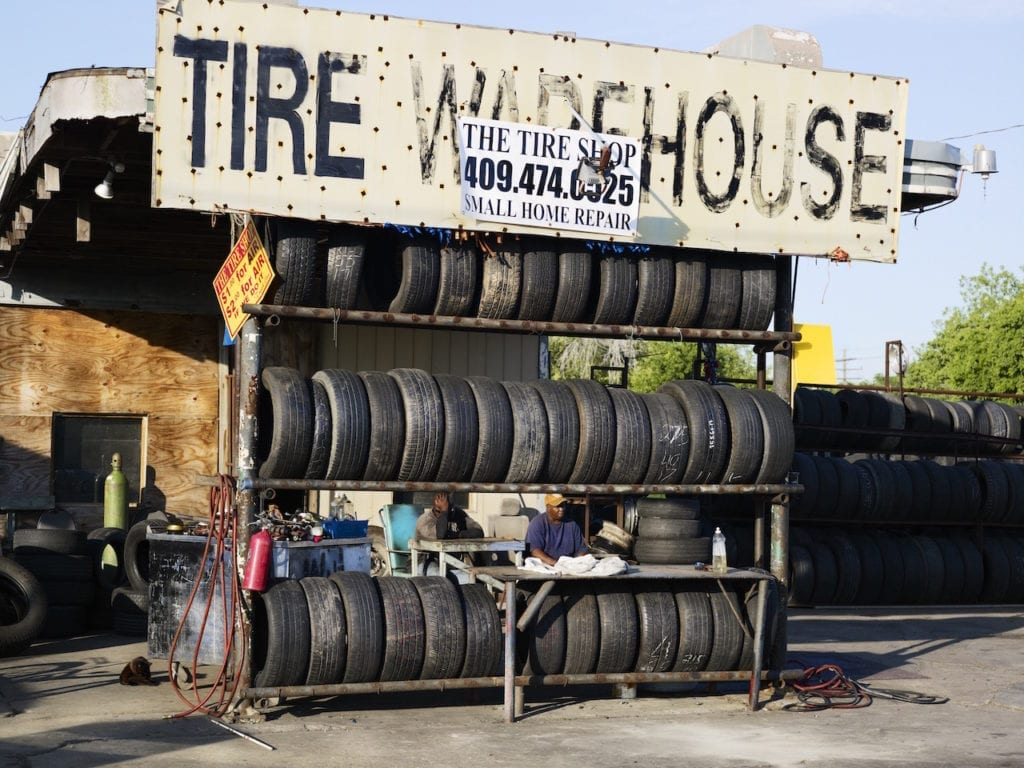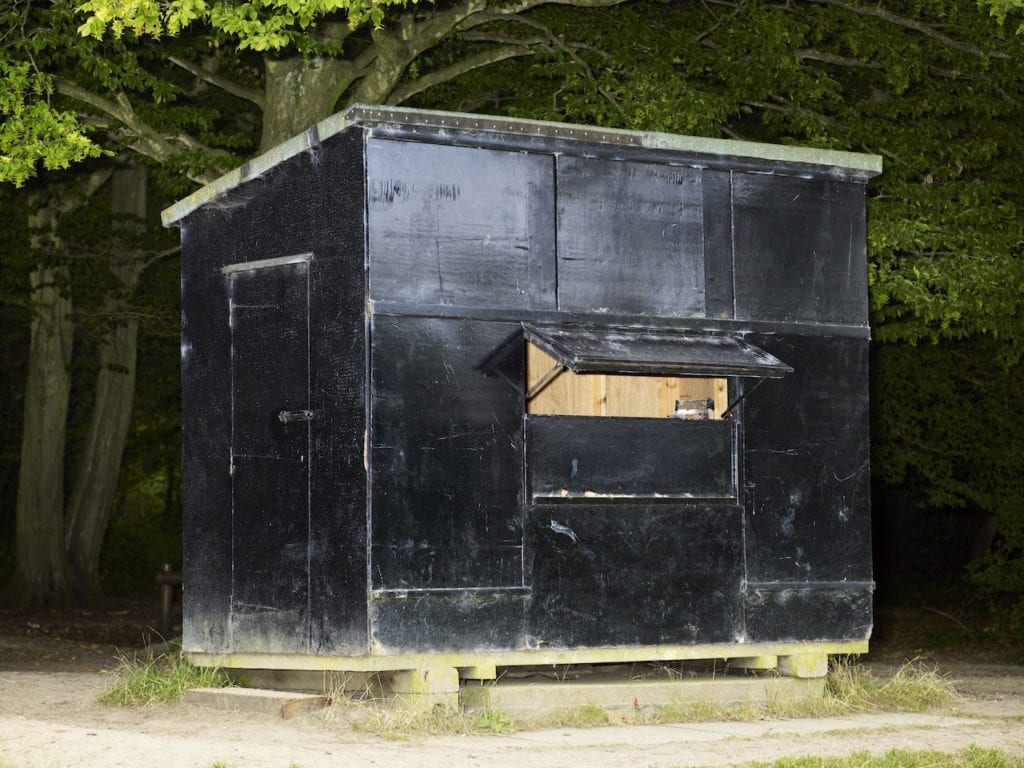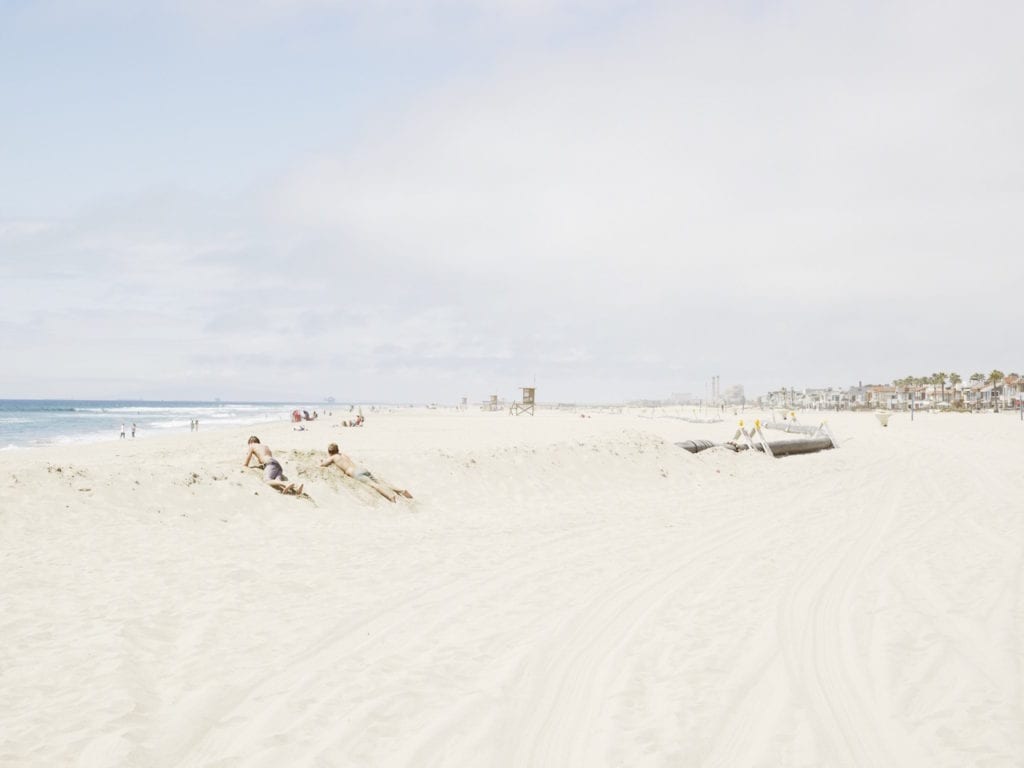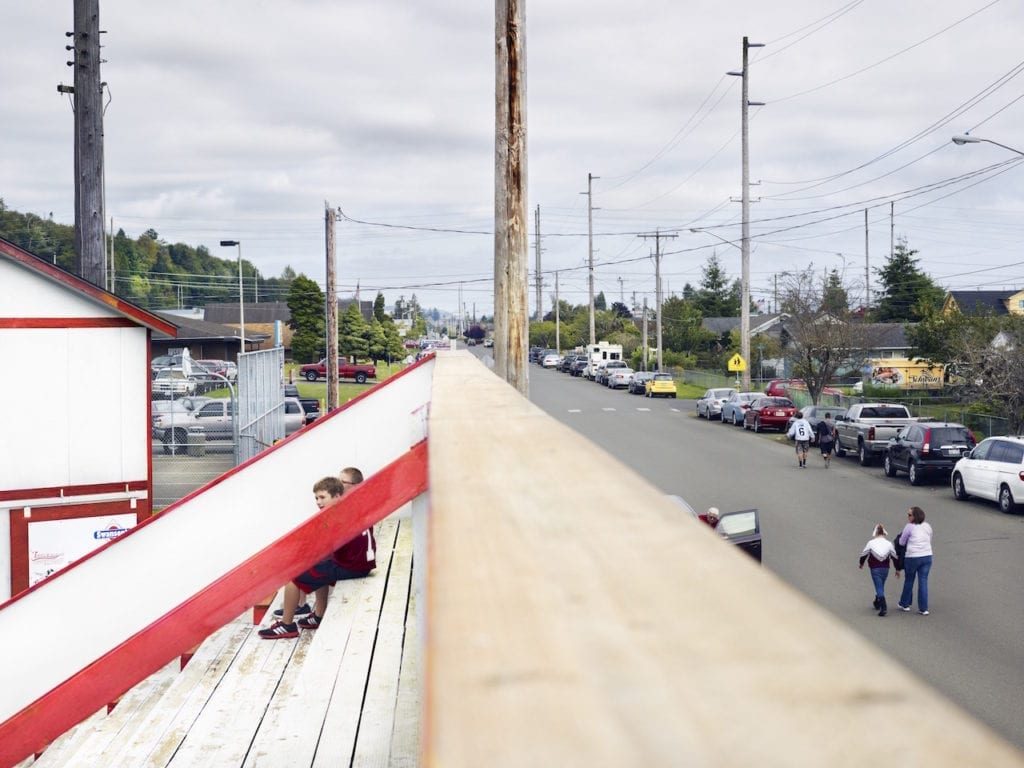John MacLean’s Hometown project has its origins in his childhood fascination with great historical leaders such as Gandhi, Churchill, Stalin and Mao. As he got older, he kept his interest in biographies, but became more drawn to the lives of artists.
“I started reading artists’ biographies and the genesis of this project was asking myself why I feel connected to some artists and not to others,” he says. “That gave me the idea of writing down a list of my art heroes, my mentors by proxy, who have kept me inspired along the way.”
It also gave him the notion of visiting the places in which those artists grew up to see how – or if – these locations influenced their later work, with the added challenge of trying to capture that influence photographically. “The project is about the places these artists spent their formative years aged six to 12, the years where they’re absorbing everything in their environment – the years that, in this fantasy documentary, are translated into the adult artist’s work.”
MacLean compiled his checklist of artists and began visiting their home towns. The photographs he made there capture the nature of these environments but they also feature interventions by MacLean (through the framing, the staging, the introduction of objects and post-production) that put his mark on the images.
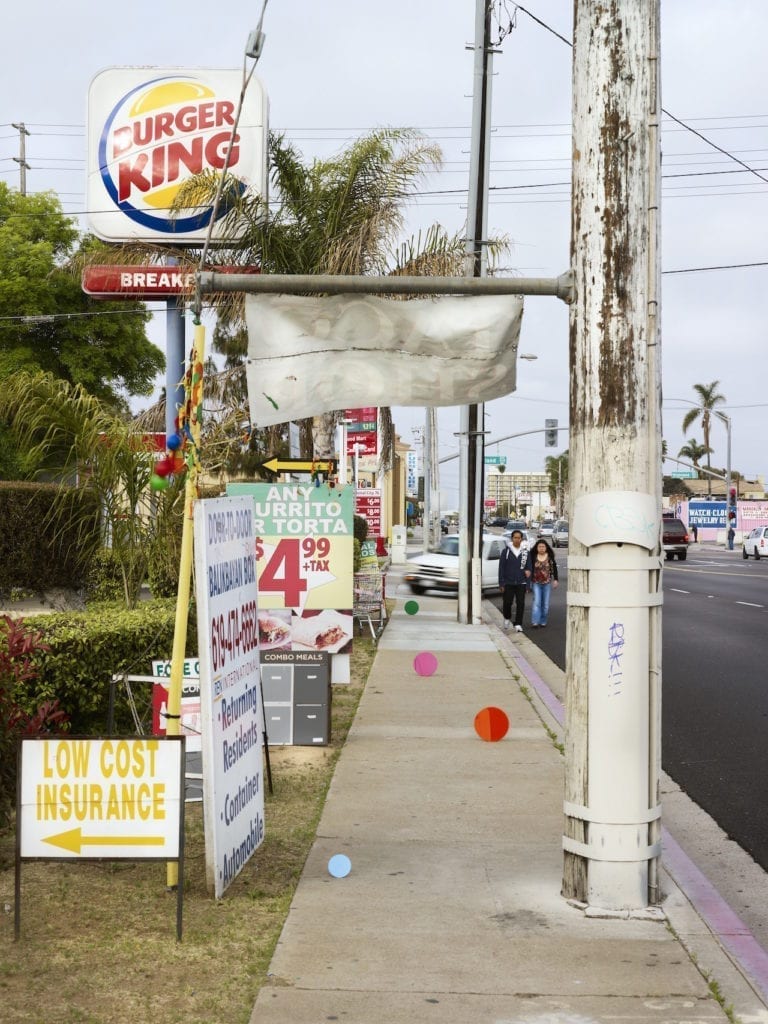
“If you go to National City, it does seem to have these five colours everywhere. In the photographs, I’ve placed coloured discs that I had made in Baldessari colours within the frame, and the colours can also be found within the photograph itself.”
In other pictures, MacLean unites biographical, geographical and artistic elements in his images. “For instance, photographing Richard Long’s home town of Bristol, there’s obviously the formative 1967 Long work A Line Made by Walking, where he’s using a photograph to record an intervention in the landscape and that intervention within the landscape exists outside the photograph.
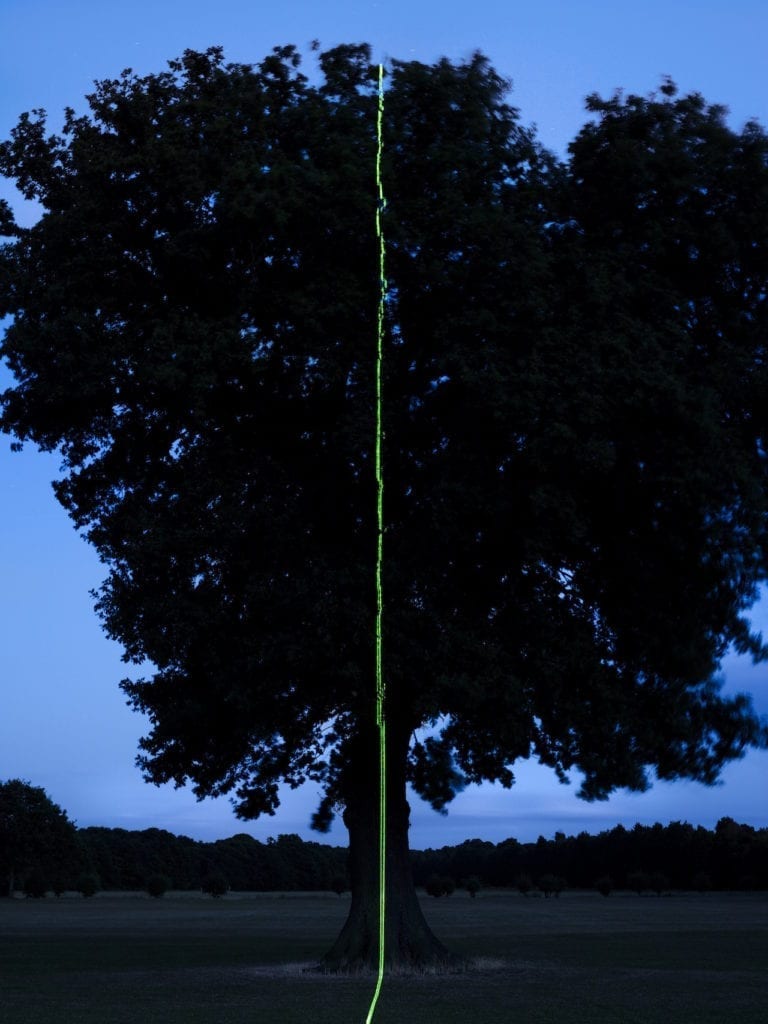
In some pictures, the biographical research outweighs the artistic element. “One of the most difficult was William Eggleston’s home town [Sumner, Mississippi] because in terms of conventional photographic subject matter, there really isn’t a lot there. For three days I was really struggling to find anything to photograph and it was only by resorting back to the biographical research I had conducted that I picked up the snippet of information that as a child Eggleston been asthmatic.
“He’d only been able to go out and explore his childhood environment in the evenings, when the pollen levels were low. It gave me licence to photograph his childhood environment at night and that rescued the situation, but there were days of panic before that.”
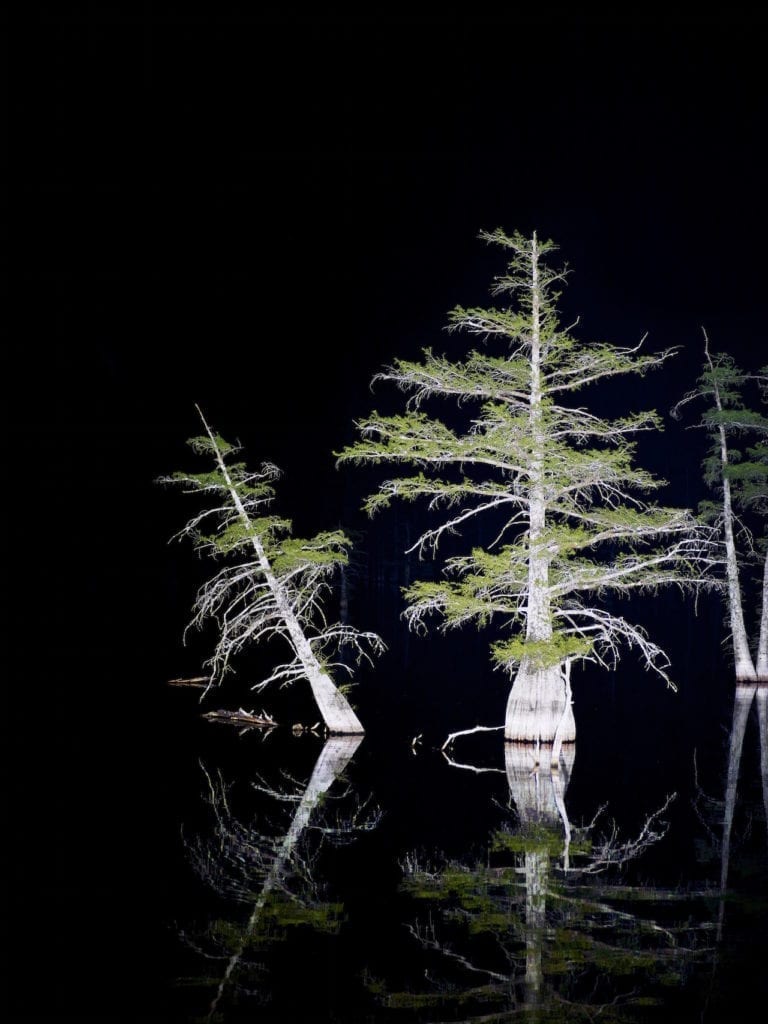
“That’s a good example of where the project falls into the category of fantasy- documentary, where I’m adding a layer of what she might have seen in her imagination and completing a circle.”
One of the easiest images to make was that of Ed Ruscha’s home town. “He was the surprise, because the last thing I wanted to do going there was to photograph letters against skies,” he says. “But arriving in Oklahoma City, it becomes immediately apparent that every industrial building has the name of the company in cut-out metal letters and there are also these fantastic skies.
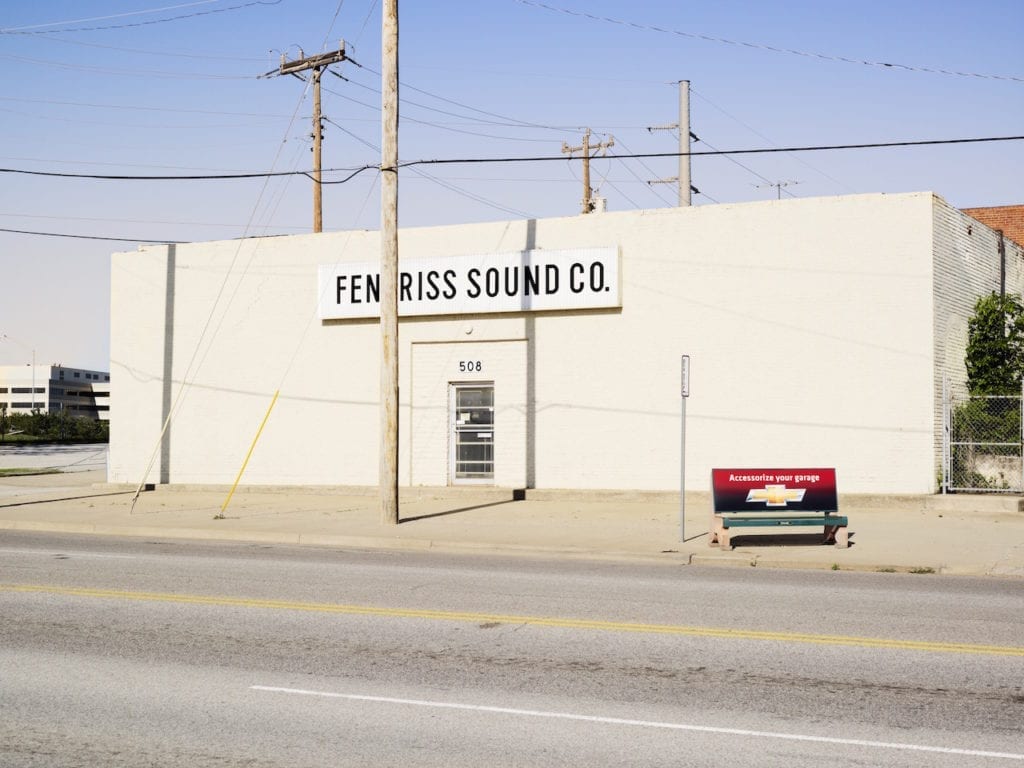
Hometown is a smart project that unites geography, biography and metaphor. It presents images that at first glance seem quite ordinary but which then invite you to infer what it was about these childhood environments that influenced their artistic sons and daughters, and how and why MacLean has put his own mark on these places.
“I think perhaps all the artists featured in my project had one thing in common: they wanted to escape their home towns and explore wider horizons,” says MacLean. The irony is that, for so many of them, their home town – the influence of their childhood – has followed them through their art. “It’s about escaping the home town, spending all our time exploring only to find ourselves back there once again.”
jmaclean.co.uk Format Festival opens this weekend, and the exhibitions are on show until 23 April. www.formatfestival.com This interview was first published in BJP’s March 2017 issue, which was themed Habitat and produced in partnership with Format International Photography Festival. Back issues can be bought from www.thebjpshop.com
